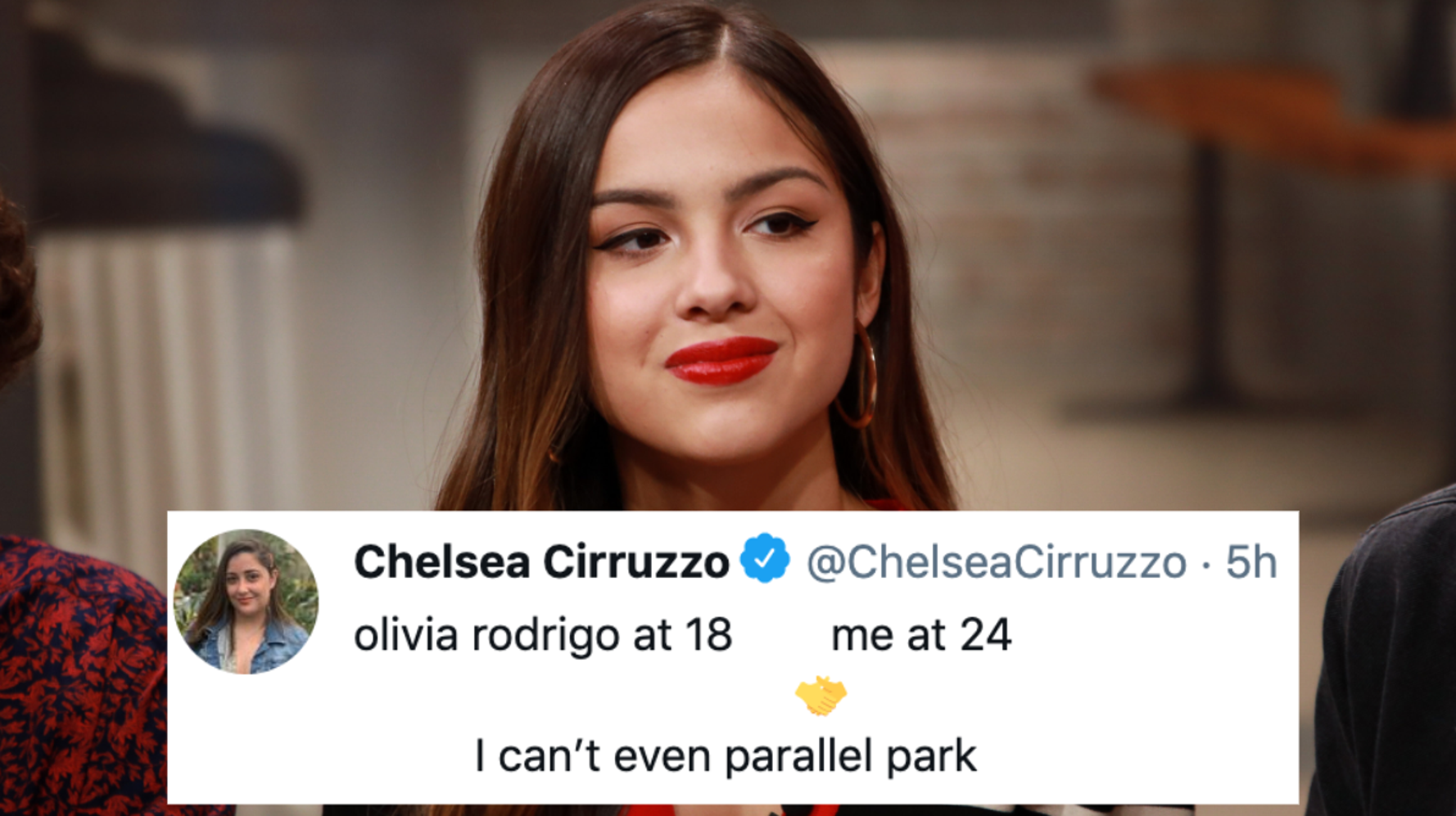African music is typically easily distinguishable. You hear a lot of drums, some stomping and clapping, and amazing ranges of vocals. It is the type of music that makes you want to "dance to the beat of your own drum".
Music is very important to African religion. It was used to pass down stories in both rituals and religious ceremonies, and of course to simply sing and dance to. African music has influenced many other styles of including blues, jazz, old-time, Caribbean genres, and Latin American music. It can also be organized into numerous genres such as jùjú, fuji, highlife, makossa, kizomba, afrobeat, and more. Sub-Sahara African music can be divided into four regions:
- The southern region includes music from South Africa, Lesotho, Swaziland, Botswana, Namibia, and Angola.
- The central region has music from Chad, the Central African Republic, the Democratic Republic of the Congo, and Zambia.
- The western region consists of music from Senegal, the inland plains, coastal nations, and the islands Sao Tome and Principe.
Though African music slightly differs depending on which region it came from, there are common aspects of the music that the regions share.
A lot of parts of African music are improvised, but there is a core rhythm pattern that is played while new patterns are being improvised over the static ones. This is a polyrhythm, and the most common found in African music plays three beats on top of two. Harmonization of the melody can be sung in parallel thirds, fourths, or fifths. There is also a call-and-response nature where one voice or instrument plays a short phrase and then that phrase is echoed by another voice(s) or instrument(s).
Speaking of instruments, there are many interesting kinds found in African music. There are five groups of Sub-Saharan African musical instruments:
- Membranophones include drums, kettles, clay pots, and barrels.
- Chordophones are stringed instruments like harps and fiddles.
- Aerophones are wind instruments and can include flutes and trumpets.
- Idiophones are instruments such as rattles and shakers.
- Percussion consists of instruments like xylophones, djembes, and other drums but can also include clapping and foot-stomping.
I was personally drawn to research music of Africa because at my dance studio we compete our own afrobeat and stepping routines. The music is truly something that can get people up and out of their seats. Live African drumming is amazing! The energy is unmatched. I also enjoy listening to African music when doing homework as it gets me motivated without getting distracted by lyrics.
Here are a few different links to awesome African music:
Sources:
Mitchell, Barry, et al. “Foundations of African Music.” Theory of Music, 13 Sept. 2008, https://theoryofmusic.wordpress.com/2008/02/14/foundations-of-african-music/#:~:text=African%20music%20is%20mostly%20polyrhythmic%2C%20composed%20of%20multiple,to%20acquire%20the%20discipline%20of%20the%20separate%20beats.
“Music of Africa.” Wikipedia, Wikimedia Foundation, 1 Oct. 2021, https://en.wikipedia.org/wiki/Music_of_Africa.
“Musical Structure.” Encyclopædia Britannica, Encyclopædia Britannica, Inc., https://www.britannica.com/art/African-music/Musical-structure.




